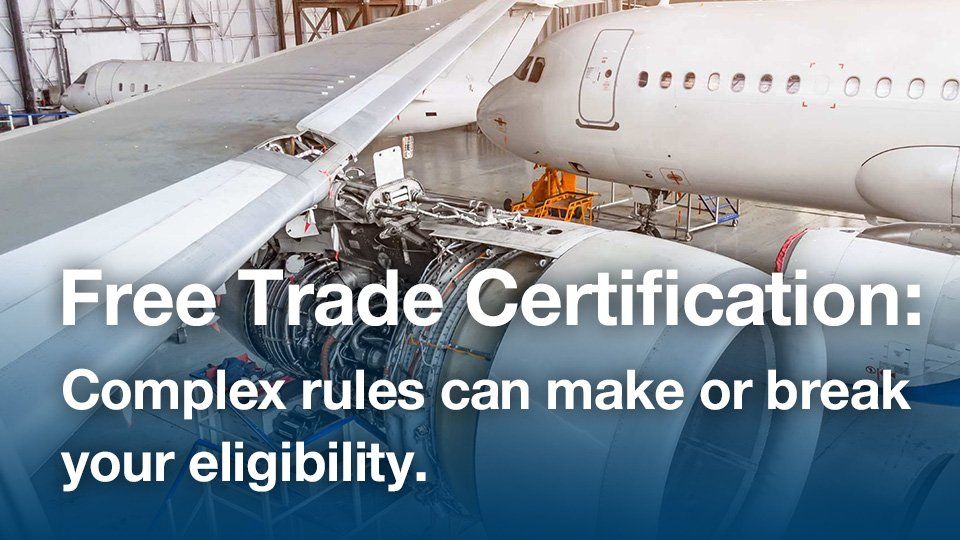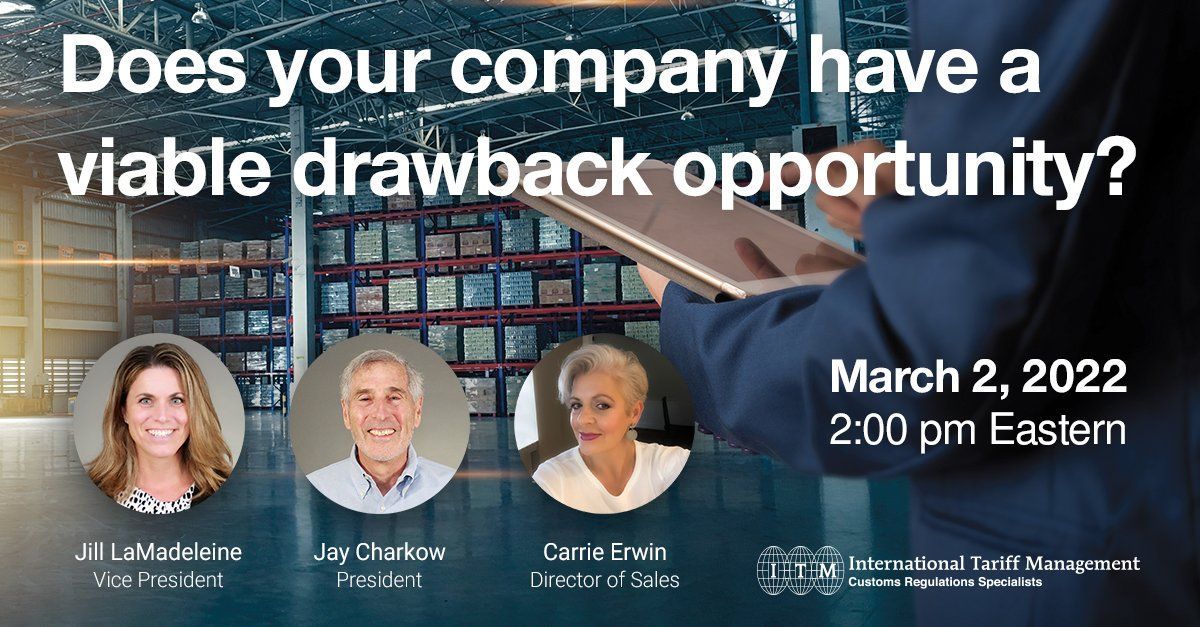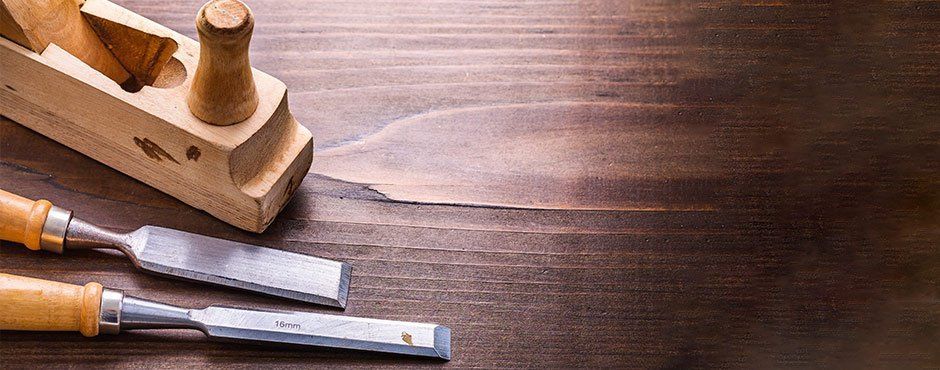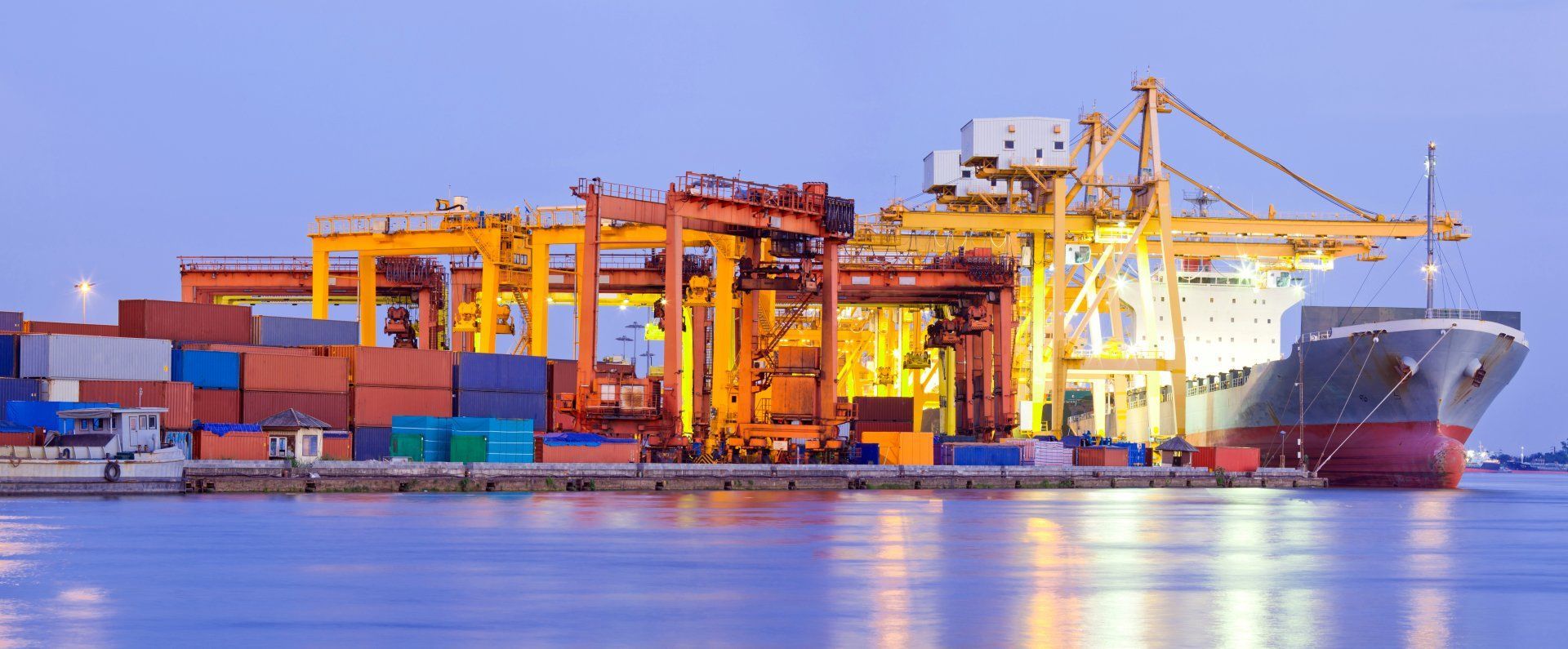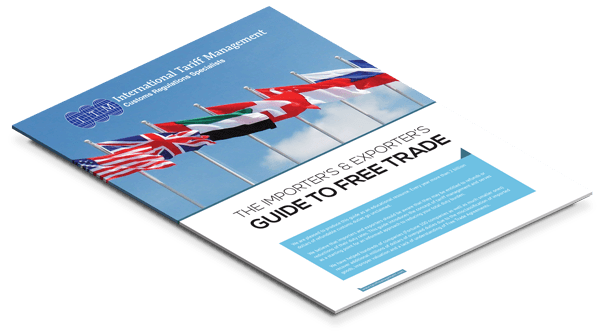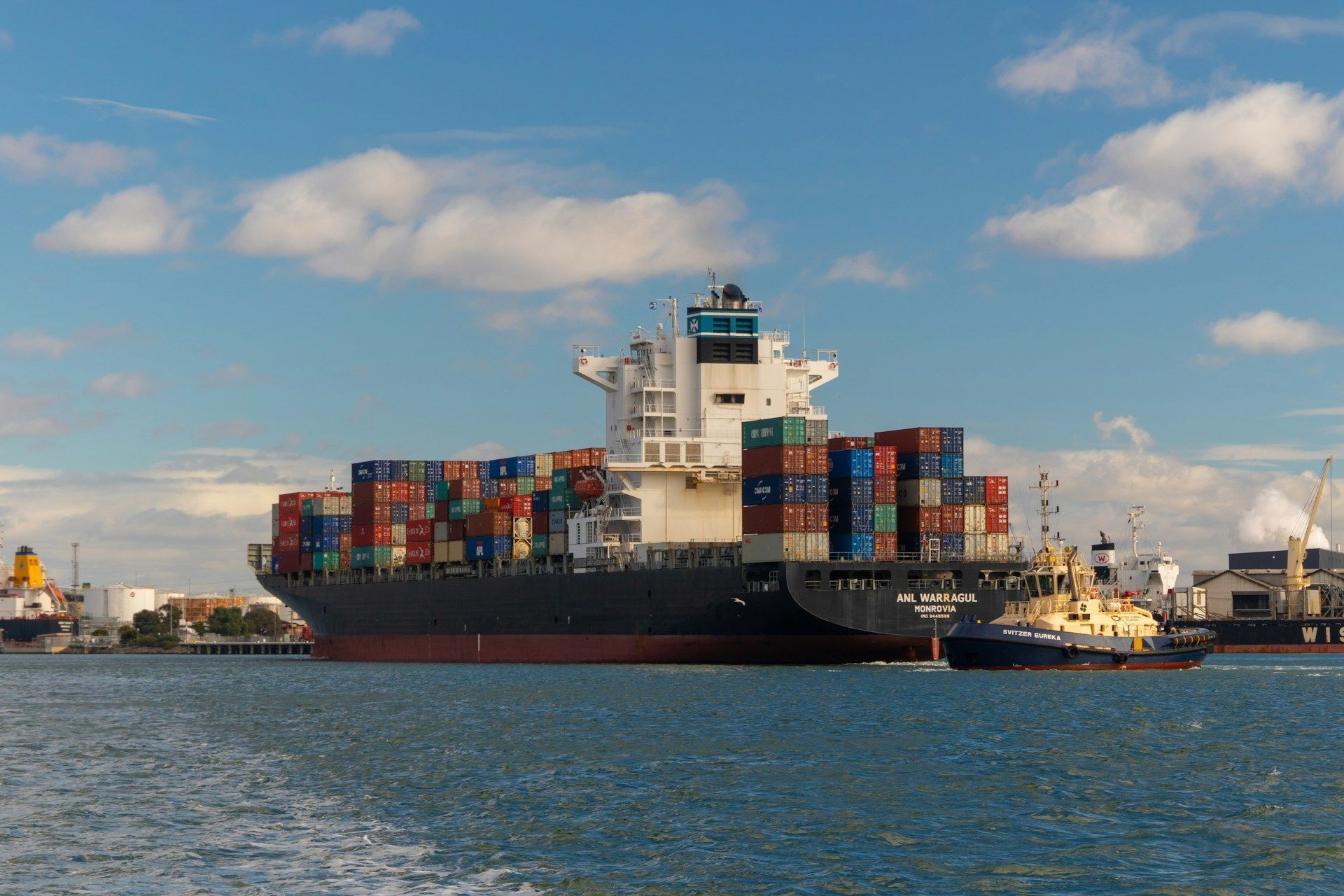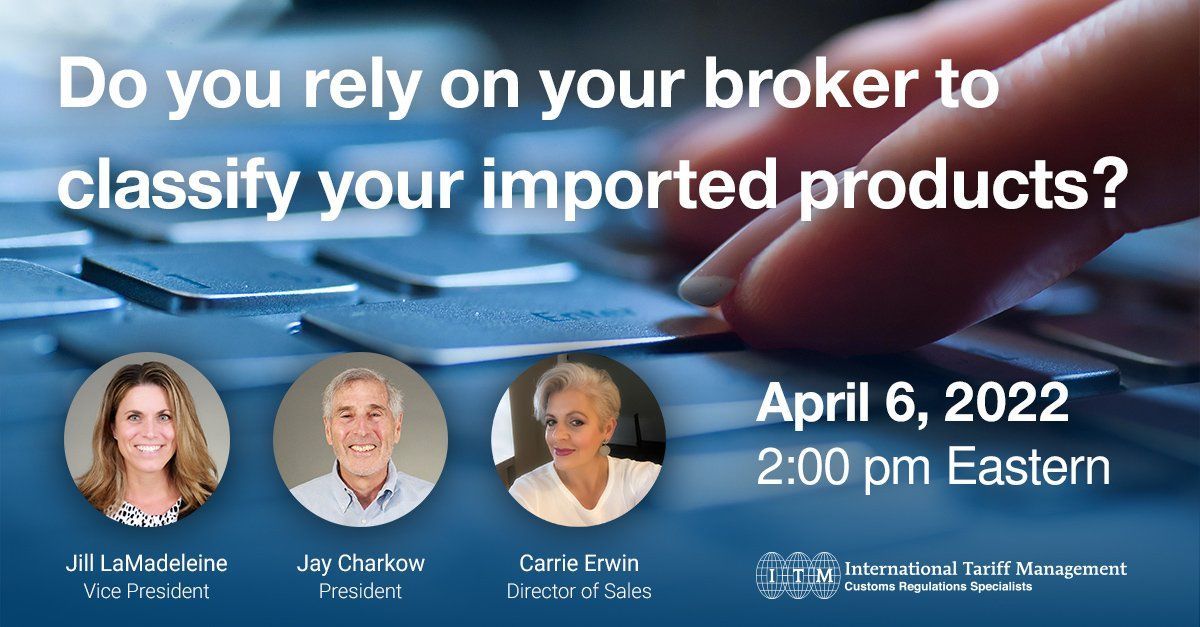Trading with Korea?
Determine if you qualify for Free Trade benefits:
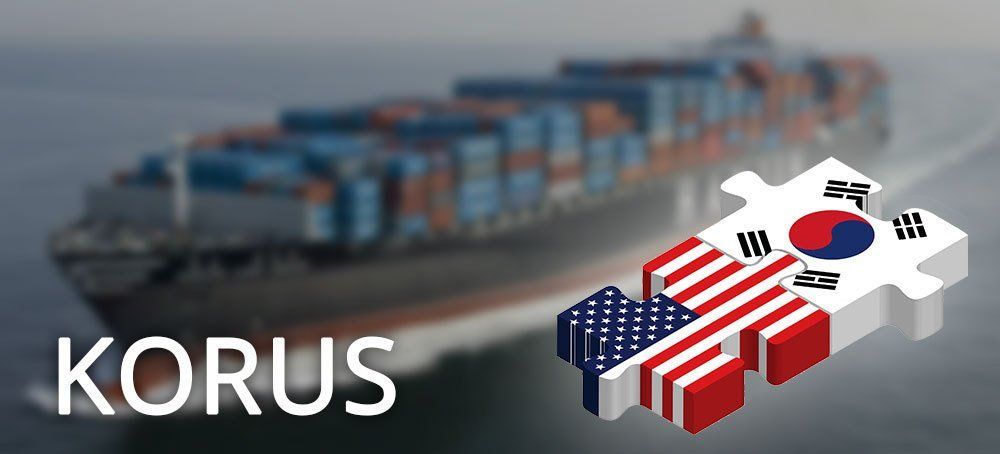
More and more importers and exporters are taking advantage of free trade agreements. There are currently 14 active free trade agreements with the United States involving 20 different countries. The Korea-United States Free Trade Agreement (KORUS), provides free trade between the United States and Korea for qualifying goods. If you are importing from or exporting to Korea, are you taking advantage of KORUS? If not, why? If so, there are some guidelines that you should be sure you are aware of and to which you should be adhering.
Simply participating in trade with Korea does not qualify you for free entry. In order to qualify for the benefits offered, an importer and/or exporter needs to consider the rules of origin of the article. An article can qualify one of two ways:
- Is that item wholly obtained or produced in Korea or the U.S? Is it a natural resource of the country (i.e. an agricultural product or mineral) or 100% made up of those articles? If so, it does in fact qualify for duty free trade between the two participating countries.
- Does that item meet the rules of origin based on either a “tariff shift” or “regional value content” assessment? These are dictated by the Harmonized Tariff Schedule of the US and must be reviewed individually by item according to their tariff classification. Again, if your product adheres to the rules set forth in the origin determination, you may participate in the free trade benefit.
Once you have determined that your merchandise qualifies for free trade with Korea (or any other country for that matter), it is the responsibility of the importer/exporter to create and maintain documented proof. In order to conduct the proper analysis and create the necessary supporting data or documentation, it is imperative that the importer/exporter have not only a reasonable knowledge of the merchandise, but also of KORUS.
Creating and maintaining the necessary back up information is cumbersome and tedious, but absolutely necessary. United States Customs as well as Korean Customs can come back at any time and request your documented proof of qualification of and compliance with KORUS. Are you prepared to provide this information to Customs upon request?
Upon its inception in March of 2012, KORUS has allowed 80% of US goods going into Korea, and vice versa, to be done so without a duty burden. While that percentage has grown, the number of importers/exporters taking advantage has grown as well. Are you one of them? If you feel that you may benefit from this free trade situation and are not sure of where to get started, contact ITM today. We work with many companies setting up and maintaining various free trade programs with a number of different countries and commodities. We can help you too!
DOWNLOAD OUR GUIDE TO FREE TRADE BELOW:

